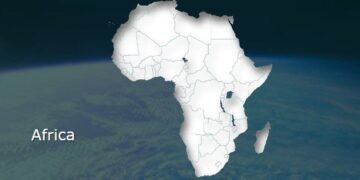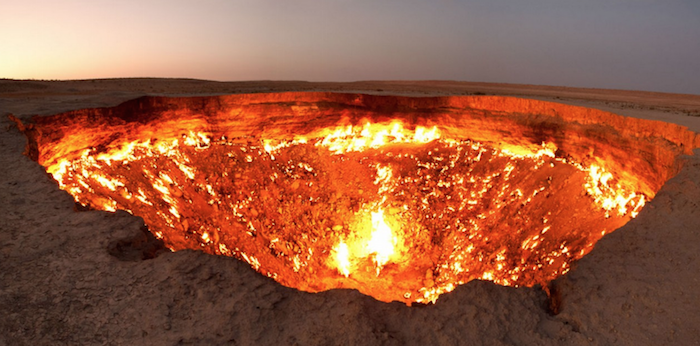2. San Pedro de Atacama

via commons.wikimedia.org
The dry and hot winds with an average temperature of 77 °F make this the driest place on Earth. The region receives less than 1 mm of rain annually. NASA uses the surrounding desert to test spacecrafts bound for Mars as it is the closest thing to the Red Planet on Earth.
The desert is filled with sweeping sand dunes, salt flats and wind-shaped canyons, making it ideal for photography. Sprawled across 41, 000 square miles, its clean air and skies also make this a major attraction for stargazers.
While the nearby town of San Pedro de Atacama provides lodging and amenities for backpackers, visitors must be careful to avoid drinking tap water. The water contains dangerous levels of arsenic. The locals have drunk it for centuries and have built an immunity to it.
The area is also home to the blood sucking vinchucas that spread Chagas disease. For those going trekking, it is advised that they stay away from the Bolivian border. During the war, anti-tank mines were buried around there. These days, nobody seems to be able to pinpoint their exact locations, so visitors are encouraged not to stray.




































Discussion about this post